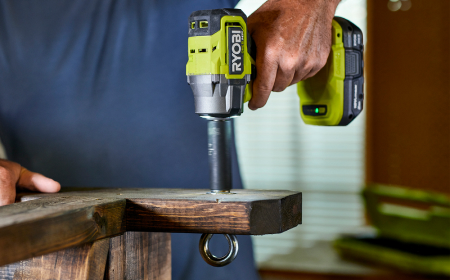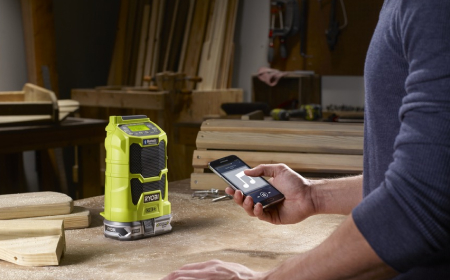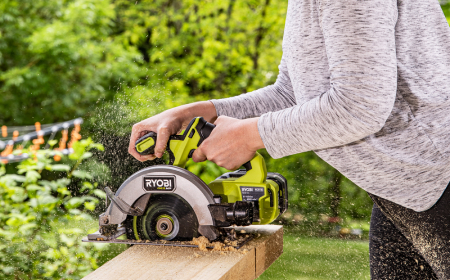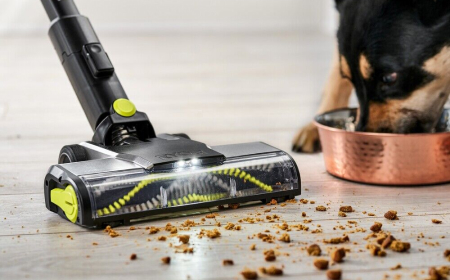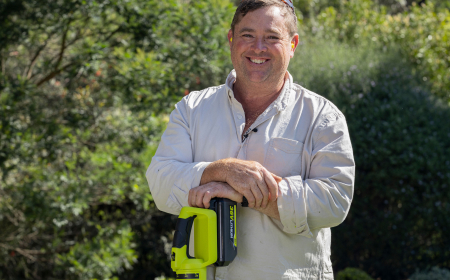SEARCH
Enter keywords, product name, or question
- Check the battery charge level – it is normal that a battery will lose some minor power output as the charge level drops. If the charge level is too low, the tool may stop under load. In this case you may need to charge your battery or change battery.
- Check that the Drill is set on the correct drill or driving settings, the speed may be too high/ low, in reverse instead of forward, or the Adjustable clutch may not be set to the Drill mode. Generally, Slower the speed, the more available torque the drill will have. To learn more about a drill’s functions see What are the settings for on my Ryobi Drill Driver?
- Confirm you are using the right accessories for your task and are in good working condition (sharp Drill bit designed for drilling X material.)
- The tool may be cutting out or losing power from overheating. This can be caused by the tool being used beyond its working capacity, either from too much load/force or frequent excessive use. For specific capacity ratings for each tool, please consult the product manual which is provided with the tool or on the Ryobi website product page.
If your tool has cut out, remove the tool from the workpiece, check the battery charge level and try it under no load.- If it operates you may be able to continue at a slower speed or with less force if the tool is being used within its capacity.
- If it does not operate, disengage the battery from the tool and let the tool and/or battery cool down for 30 minutes before operating again.
- Inspect your Drill for dust build up - if present, we recommend removing debris from your Drill with a clean paint brush, Blower, or rag. (Don’t use cleaning solvent sprays as moisture could make its way into the mechanics of the Drill and cause further damage.)
- Make sure your Drill Bit sits tight in the chuck
- Check that you are not applying too much speed or force on the tool – you may just need to back off the speed or load on the tool.
If the issue is not resolved and it is still within the warranty period, take it back to Bunnings along with your receipt or proof of purchase for warranty assessment.
R18PD7-0, R18DDBL-0, R18PDBL-0, R18PD3-H155S, R18CPD14, R18DD12, R18PD3-H40G, R18ID14, R18DDHE12, R18PD2422B, RDD18C, RPD18C, RPD18X, R18DDP2-H20G, R18DD3-0, R18CK2-H4P, R18XPD14, R18XPD142B
